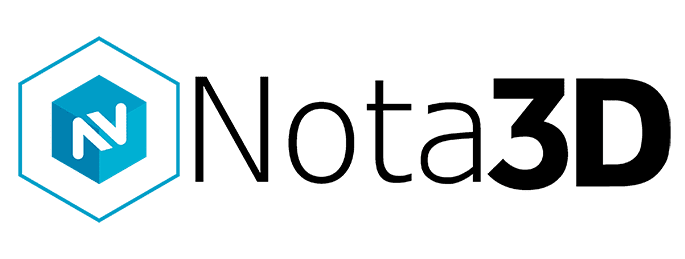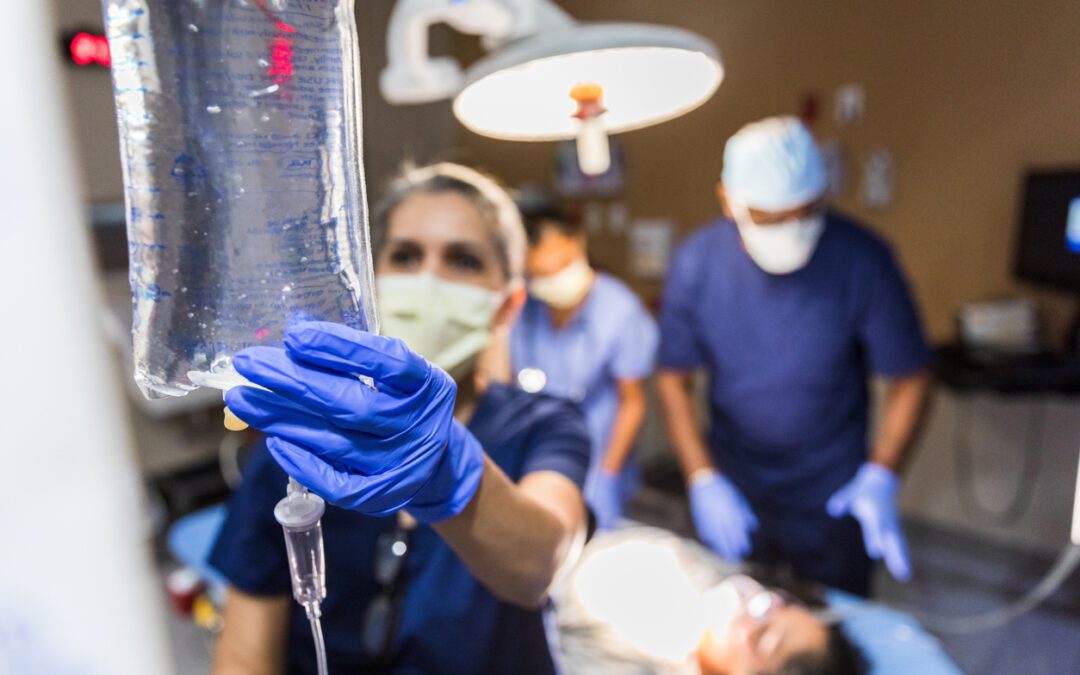The Vital Role of 3D Printing in Rapid Prototyping of Medical Devices
In the fast-paced world of emergency medicine, innovation is crucial for ensuring quick and effective responses to critical situations. One technological marvel that has significantly impacted emergency medicine is 3D printing. This cutting-edge technology is not only transforming the manufacturing landscape but is also playing a pivotal role in the creation of rapid prototypes for surgical tools and emergency response devices. In this blog, we will explore how 3D printing is revolutionizing emergency medicine, offering unprecedented advantages in terms of customization, speed, and cost-effectiveness, as well as look at case studies that provide concrete examples of 3D printing at work.
4 Advantages to Using 3D Printing in Emergency Medicine
1. Customization for Precision:
In emergency situations, every second counts, and having customized tools that perfectly fit the patient’s unique anatomy can make a life-saving difference. 3D printing allows for the production of patient-specific surgical tools, ensuring precision and effectiveness during critical procedures. From tailored clamps to customized bone-cutting guides, the ability to create personalized tools enhances surgical outcomes and minimizes risks.
2. Accelerating Prototyping:
One of the most remarkable features of 3D printing is its ability to rapidly prototype. In emergency medicine, where innovation can mean the difference between life and death, the quick development of prototypes for new tools and devices is invaluable. 3D printing enables medical professionals to iterate designs swiftly, allowing for the testing and refinement of emergency response tools in a matter of hours.
3. Cost-Effective Innovation:
Traditional methods of manufacturing medical tools and devices can be both time-consuming and expensive. 3D printing offers a cost-effective alternative, allowing emergency medical teams to produce prototypes and tools on-site, minimizing the need for outsourcing and reducing costs. This opens up new possibilities for resource-strapped emergency medical services.
4. Tailored Emergency Response Devices:
Beyond surgical tools, 3D printing is making a significant impact on the creation of customized emergency response devices. From patient-specific splints to personalized airway management tools, 3D printing is enhancing the efficiency of emergency medical interventions, ensuring that first responders have access to tools specifically designed for the unique needs of each patient.
Case Studies and Success Stories:
To provide concrete examples of the transformative power of 3D printing in emergency medicine, this section will highlight real-world case studies and success stories. Instances where 3D-printed prototypes have been deployed in emergency situations and contributed to positive patient outcomes will illustrate the technology’s practical applications.
Customized Trauma Implants for Faster Recovery
Case Study: In a trauma case involving a severe facial fracture, a hospital in Texas utilized 3D printing to create a patient-specific titanium implant. Traditional implants would have required lengthy manufacturing times, but the 3D-printed implant was ready within days. The precision fit reduced surgery time, minimized complications, and accelerated the patient’s recovery.
Rapid Prototyping for Surgical Planning
Case Study: A hospital in the UK faced a complex emergency surgery requiring the removal of a tumor near a critical blood vessel. Surgeons used 3D printing to produce a detailed model of the patient’s anatomy, enabling them to plan the procedure more effectively. This rapid prototyping significantly reduced the surgery time and increased the precision of the operation, leading to a successful outcome.
Patient-Specific Splints in Mass Casualty Incidents
Case Study: During a mass casualty incident, a hospital in Australia faced a surge of patients with varying limb injuries. 3D printing was employed to produce patient-specific splints on-demand. This not only optimized the use of resources but also ensured that each patient received a tailored solution, improving comfort and facilitating a faster recovery process.
Custom Airway Management Tools in Pediatric Emergencies
Case Study: In a pediatric emergency involving a patient with a complex airway obstruction, a hospital in Canada turned to 3D printing. The medical team quickly developed a customized airway management tool based on the child’s specific anatomy. The 3D-printed device proved crucial in navigating the unique challenges posed by pediatric patients, ultimately contributing to a successful intervention.
On-Site Prototyping in Disaster Response
Case Study: Following a natural disaster in Japan, emergency responders faced challenges with standard medical equipment. With the help of portable 3D printers, they were able to produce on-site prototypes of essential tools such as splints and braces. This adaptive approach ensured that medical professionals could respond effectively to the dynamic needs of the disaster-stricken population.
Fracture Reduction Tools in Remote Settings
Case Study: In a remote medical clinic in Africa, a patient with a complex bone fracture needed immediate attention. 3D printing was used to produce a customized fracture reduction tool on-site. The ability to manufacture the tool locally addressed the challenges of limited resources and transportation, showcasing 3D printing’s potential to provide timely and tailored solutions in underserved areas
These real-world case studies demonstrate the versatility and transformative impact of 3D printing in emergency medicine. From customized implants to on-demand splints, the technology has proven to be a game-changer, enabling medical professionals to respond more effectively to diverse and challenging emergency situations. As technology continues to advance, the potential for further innovations in emergency medical care through 3D printing remains promising.
The role of 3D printing in emergency medicine cannot be overstated. Its ability to provide customized, rapidly prototyped surgical tools and emergency response devices is reshaping the landscape of emergency medical care. As technology continues to advance, the collaboration between 3D printing and emergency medicine promises to bring about even more innovations, ultimately saving lives and improving patient outcomes.
At Nota3D, we pride ourselves on being a resource for our customers to continuously develop internal processes, drive innovation, and increase efficiency by utilizing the finest additive manufacturing technology. We achieve this by being a team of experts for you to partner with and depend on. For more information, visit our website.

